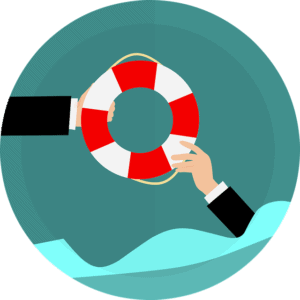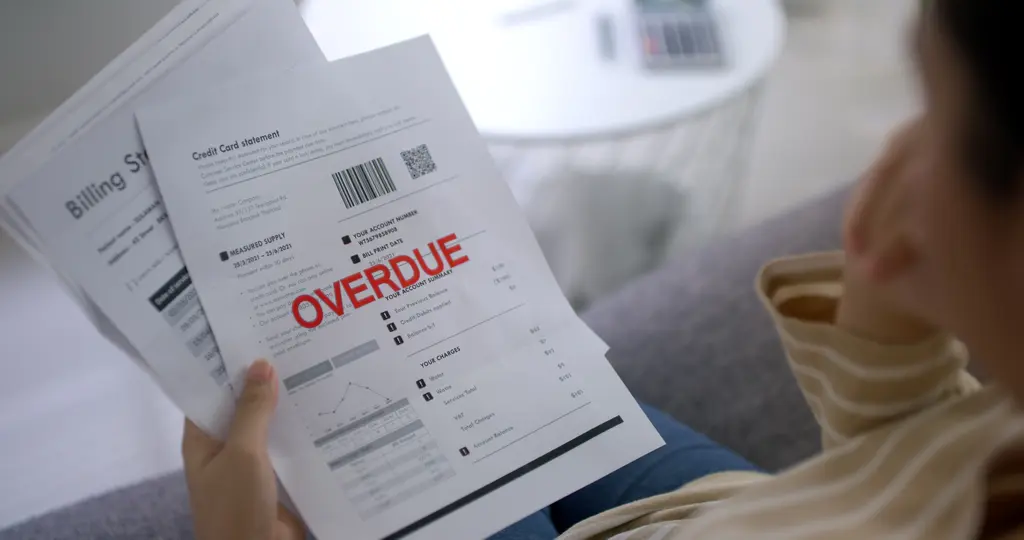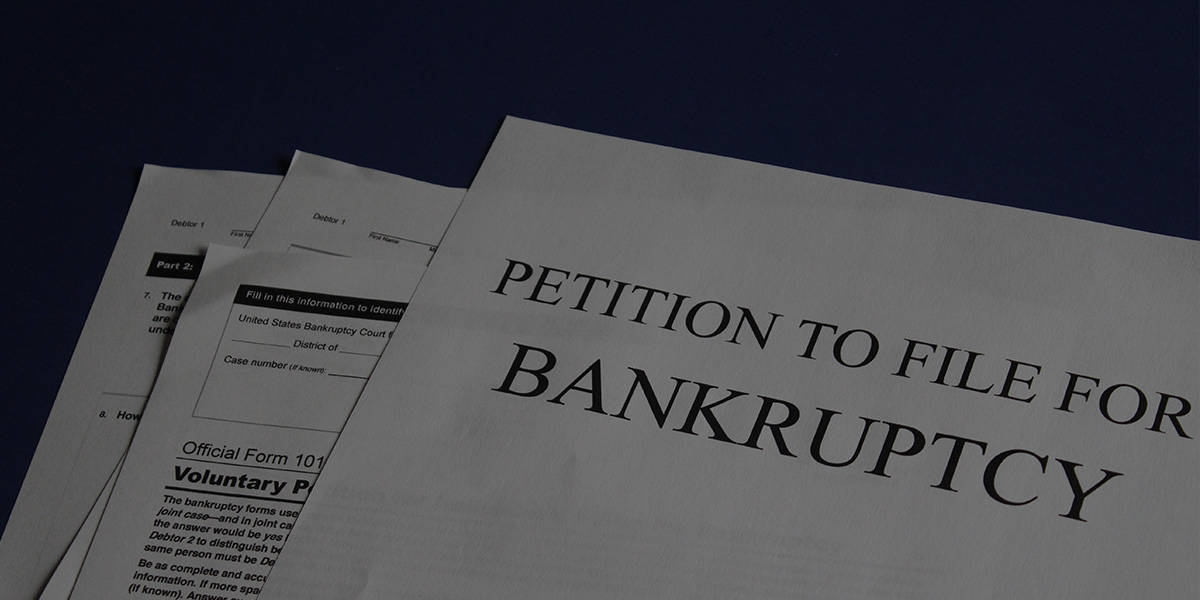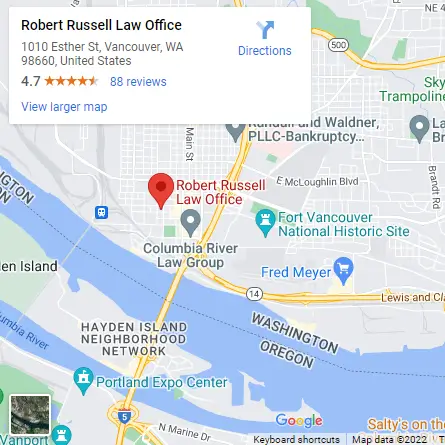If your finances aren’t doing too well, you might want to consider getting debt relief through filing for bankruptcy. The bankruptcy process is contained in the Federal Bankruptcy Code which lists many different types of bankruptcies for different situations. Each of these types is listed in its bankruptcy chapter.
The most common type of bankruptcy for personal bankruptcies are Chapter 7 and Chapter 13 bankruptcies. The main difference between the two is that Chapter 7 bankruptcies involve liquidating a person’s assets to pay as much of the debt as possible and then discharging the rest, while Chapter 13 involves a restructuring of the debt into a more feasible repayment plan
Read on to know more about how to file for a Chapter 13 as well as to know about the requirements for filing. Or better yet, consult with one of our Vancouver, Washington bankruptcy attorneys to have your questions answered.
Eligibility
The first thing to talk about when considering filing for bankruptcy is to consider eligibility. This is important to do because it tells you which types of bankruptcy you’re allowed to file and it helps you evaluate which type is the best for you.
Chapter 13 bankruptcy is personal bankruptcy and not a business bankruptcy. It is only meant for individuals, not businesses unless you are the sole proprietor of the business, then, in that case, the business’ debts are also your debts. Moreover, a person filing for a Chapter 13 between April 2019 and April 2022 must have debts below the following thresholds:
- $1,257,850 for secured debt
- $419,275 for unsecured debt
 Secured debts are debts backed by collateral such as a mortgage or car loan. Unsecured debts are those that are not backed by anything including credit card loans, student loans, and medical bills.
Secured debts are debts backed by collateral such as a mortgage or car loan. Unsecured debts are those that are not backed by anything including credit card loans, student loans, and medical bills.
Since Chapter 13 only restructures your debt, this means you will still have to pay it, which means that you must have a steady income to be able to keep repaying your debts. You must be able to prove to the bankruptcy court that you have the means to be up to date on your payments.
Chapter 13 is only one type of bankruptcy; under the bankruptcy law are many other types. Don’t hesitate to get in touch with a bankruptcy attorney from the Robert Russell Law Office, a Vancouver, Washington bankruptcy law firm, to ask about bankruptcy filing and to figure out which type is best for you.
Chapter 13 Process
Credit Counseling and Filing Fees
Credit counseling sessions are the first step to filing any type of bankruptcy. These classes will teach you about what bankruptcy is, what the qualifications are, etc. The goal of these classes is to help you understand the policies behind bankruptcy and help you figure out which type of bankruptcy is best for you.
After going to counseling, you will receive a certificate that ascertains your completion of the course. You will have to file this certificate along with your bankruptcy forms. Filing will cost you $313, but you can ask the court to let you pay in four installments, or even waive the fee altogether.
Repayment Plan and Confirmation
You will then show your proposed repayment plan to the court. This must include all your debts and their respective creditors. You must also show a timeline of the amounts you will pay and when you will pay them. Your creditors and the court may raise objections to your plan, and you will have to address these objections during the hearing.
Once these have been settled between you and your debtors, it will be the court’s turn to confirm your plan. This will be based on:
- Feasibility- is your payment plan feasible according to your debts and your income?
- Good faith- are you filing for bankruptcy in good faith and not out of trying to manipulate the process?
- Legality- are all the terms of your payment plan constitutional?
Types of Debt
Possibly the most important information you need to know when making a plan is knowing what types of debt you have because different types of debt are treated differently in bankruptcies.
1. Priority Debt
Priority debts are distinguished from other debts by the fact that they carry the most severe consequences if not paid. This includes tax debts, child support, alimony, and other expenditures that are required of you by the law. These must be paid for in full.
2. Secured Debt
Secured debt is those protected by collateral. This essentially means that a creditor is allowed repossession of the property if the loan is not paid in full. If you want to maintain ownership of the property, you must pay for the debt associated with it.
3. Unsecured Debt
The last type of debt is unsecured debt. This includes most personal loans including student loan debt, credit card debt, and medical fees. These are not backed by an asset but you still must propose to the court how you will pay for these debts. Fortunately, in many cases, these debts can be discharged.
Inability to pay Plans
After filing your Chapter 13, situations may arise causing you to be unable to pay according to your repayment plan. It’s okay because there are a couple of things you can do. You can modify your plan to decrease the amount that you pay for your unsecured debt, or you can have those debts discharged altogether in cases of hardship.
You can also change your bankruptcy from Chapter 13 to Chapter 7. This will eliminate a significant portion of your debt, however, this also opens you to the legal obligation of liquidating your assets to pay off as much debt as possible.
Chapter 13 Ending and Debtor Education Course
After finishing your repayment plan, you will have to take a debtor education course. This is similar to the credit counseling course and will teach you how to handle finances and rebuild your credit score. After that, you will have to go back to court and show that you have completed all your necessary payments and have taken the debtor education course.
Then that’s it! You are officially done with your bankruptcy. After bankruptcy, it is important to focus on rebuilding your credit, so you must pay extra attention to your finances like never before.
If you need help figuring out if bankruptcy is right for you or if you need help with filing bankruptcy itself, don’t hesitate to get in touch with a bankruptcy lawyer at the Robert Russell Law Office today. We will do everything we can to help you get your bankruptcy discharged so that you can have a fresh start!






